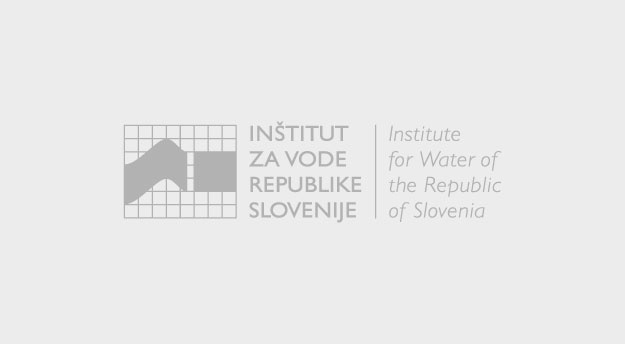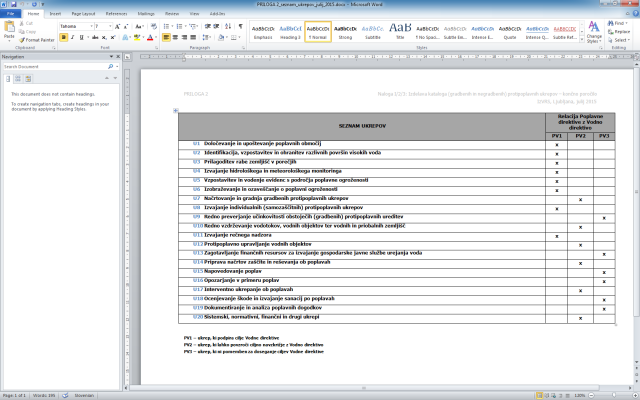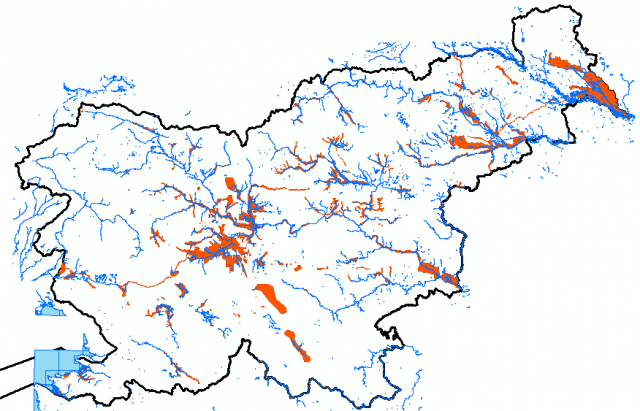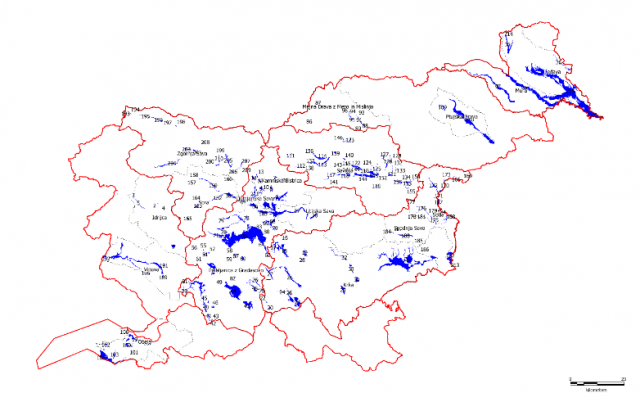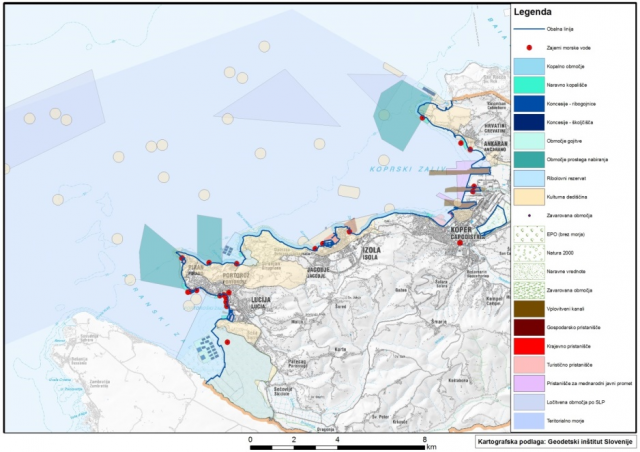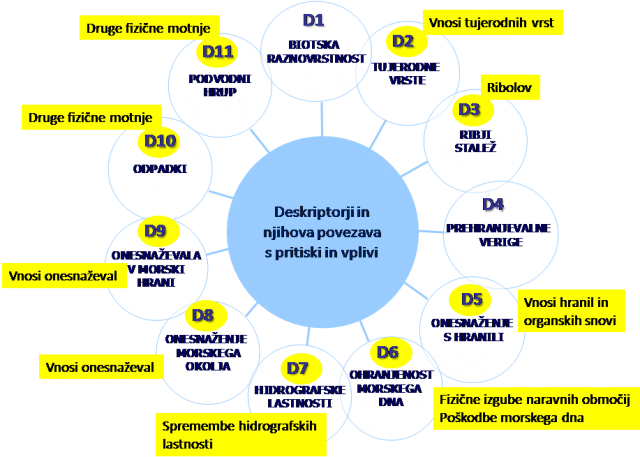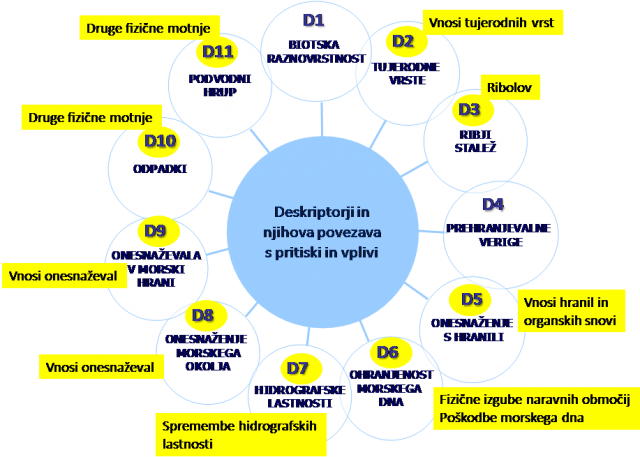Hydromorphology – the Study of the Hydromorphological Characteristics of Surface Water and the Changes in the Hydromorphological Processes and Characteristics Resulting from Various Disturbances of the Aquatic Environment
With the increasing demand for water for irrigation, power generation, breeding of aquatic organisms and activities affecting water and waterside land due to settlement, development of transport infrastructure and agricultural land use, man has caused numerous changes to the natural hydromorphological characteristics. Many barriers and dams were built, interrupting the characteristic longitudinal flow continuity, more often than not making the corridors narrower and depriving the rivers of their natural channel patterns. Variegated riverbeds have in many cases been replaced with rectangular and trapezoidal shapes, while their banks and beds have been reinforced using rigid materials.

